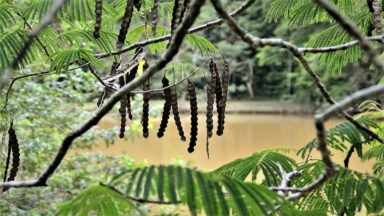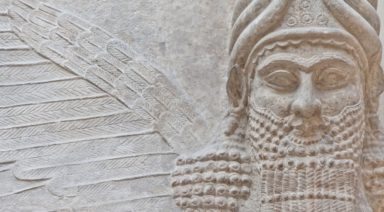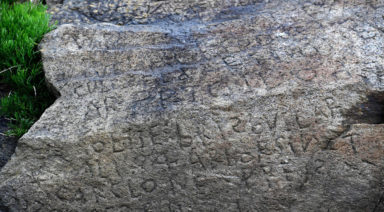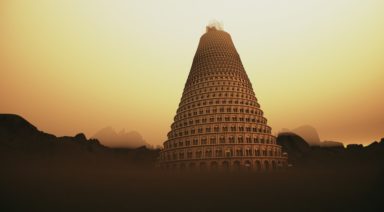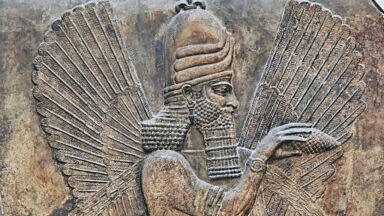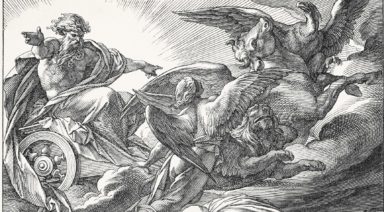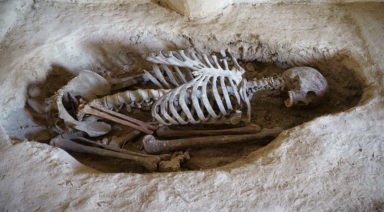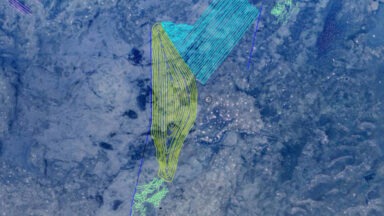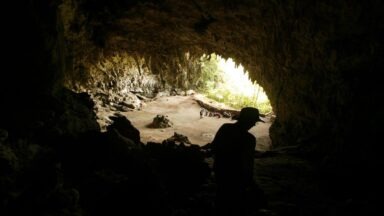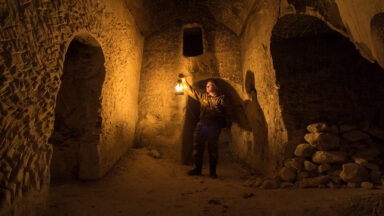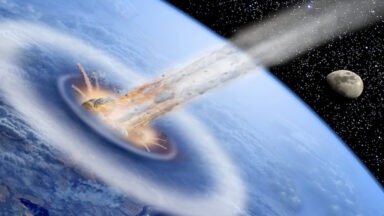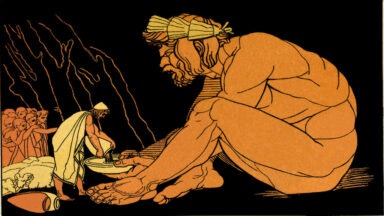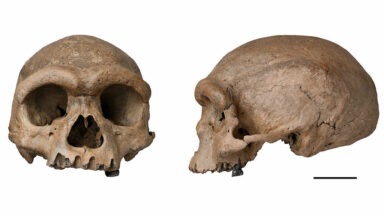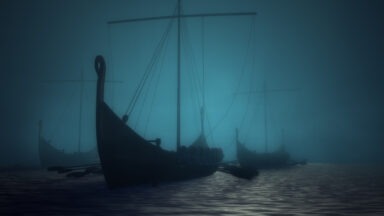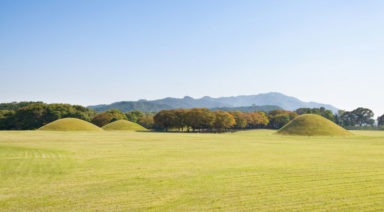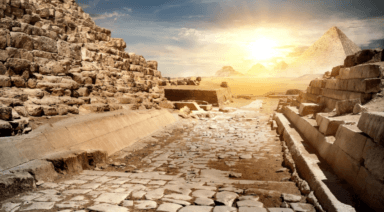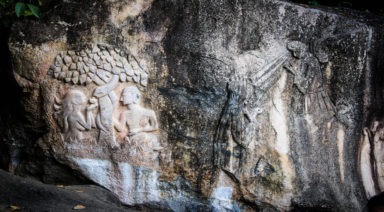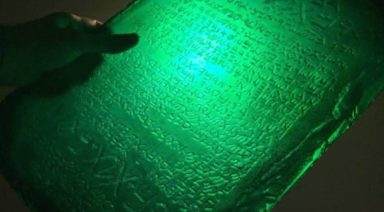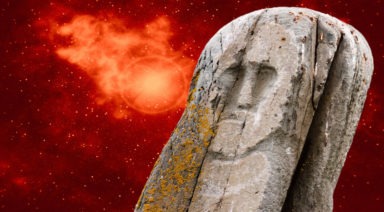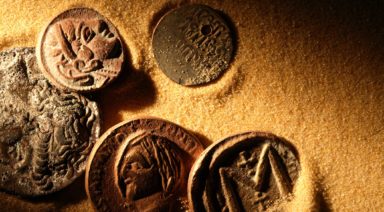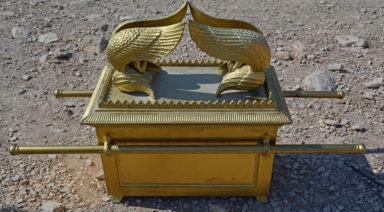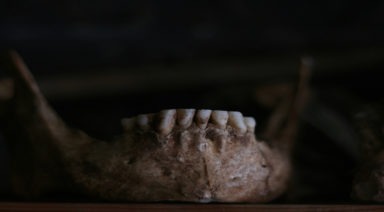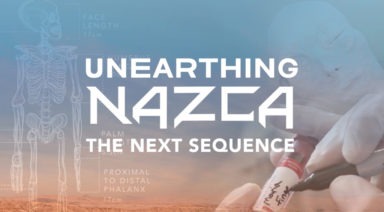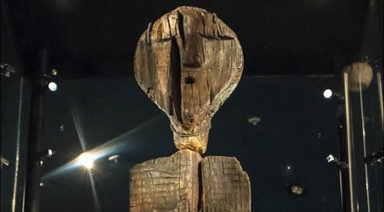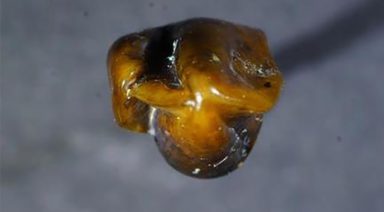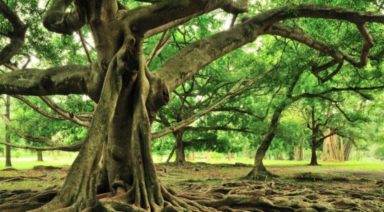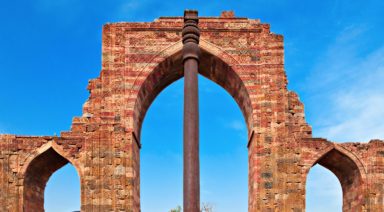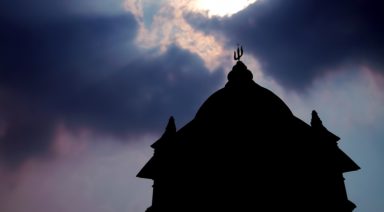What Do We Really Know About Antarctica?
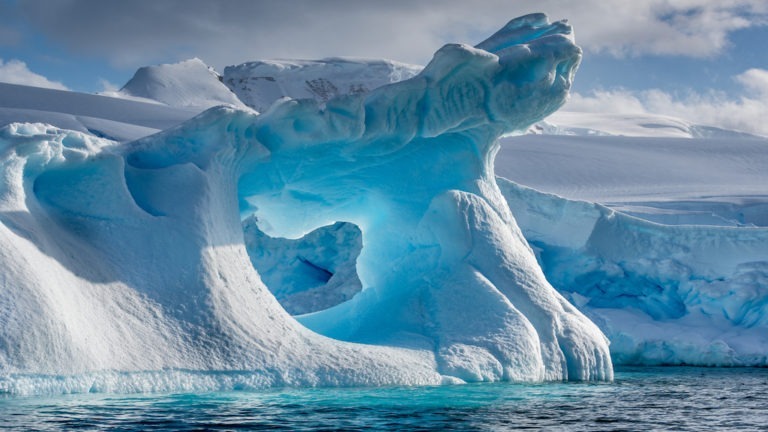
The sheer vastness of Antarctica is stunning. Despite it being the fifth-largest continent, containing 70 percent of the world’s fresh water in its glacier, it remains largely unexplored – not to mention what lies beneath the ice.
The documented discovery of Antarctica is somewhat ambiguous as far as crediting one particular person, but it has been generally accepted that it occurred around 1820. However, there have been alternative theories positing that the continent may have been discovered centuries earlier by ancient civilizations – possibly influenced by extraterrestrial technology.
1513 Piri Reis Map during the Ottoman Empire
The evidence of an earlier discovery of Antarctica is thought to be found in the Piri Reis Map, created by the Ottomans in 1513 shortly after Columbus’ discovery of the Americas. The map was drawn by a cartographer of the same name who claimed to have drawn the map, not from his own personal knowledge and expeditions, but from more than 20 source maps already available to him in Turkish libraries at the time. He also stated that these maps predated the reign of Alexander the Great (356 -323 BC).
The map was unexpectedly discovered in a library Constantinople in 1929. This map was drawn to such accuracy that it depicted the coastlines of South America and Antarctica within half a degree of longitude.
The extent of their mapping of the continent is seemingly more advanced than early cartographers were capable of creating.
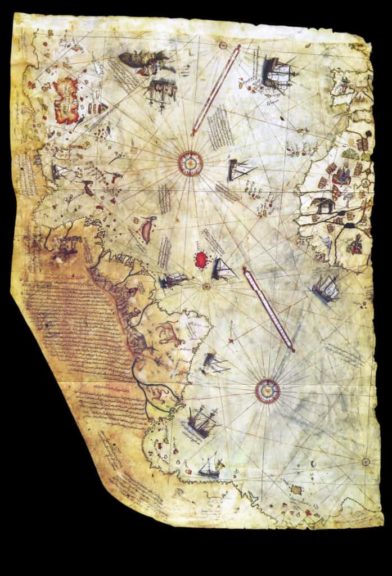
A Warmer Continent
Dr. John Weihaupt, an emeritus professor of Geology at the University of Colorado Denver, was a proponent of the belief that Antarctica was discovered significantly earlier than we’ve been told, though the actual means of discovery, he claims are unknown.
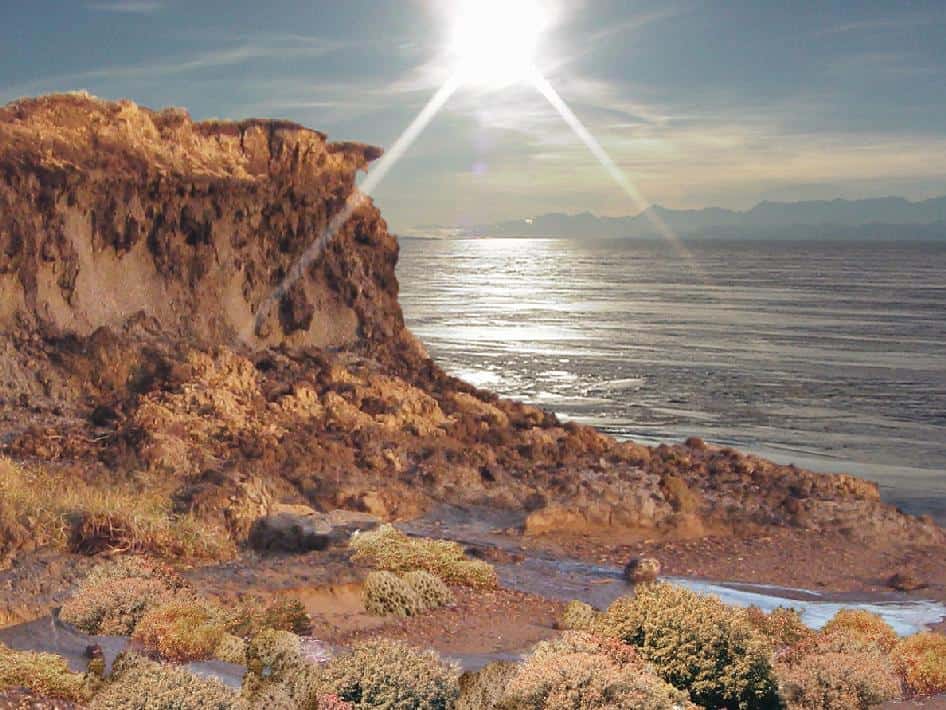
According to some, the Piri Reis map appears to show the subglacial topography of Antarctica during a time of warm weather that harbored life. A study by scientists from LSU and Rice University found deposits of pollen fossilized in layers of sedimentary rock, showing signs of a tundra warm enough for plant growth as recently as 12 million years ago.
However, theories focusing on the Piri Reis Map would suggest a warmer Antarctic climate much more recently.
Pyramids and Odd Structures
The discovery of several four-sided pyramids has ignited another curiosity as to the mysticism surrounding Antarctica. Some claim that the pyramids could be the work of ancient or alien civilizations, while others say that they are simply nunataks —protruding peaks of mountains buried beneath the ice, shaped by erosion. However, the distinctly shaped sides of each face are what alternative theories see as evidence of the pyramids being man-made. An additional dome-shaped structure protruding from beneath the ice has raised further questions and perpetuated the belief of an ancient civilization buried beneath that the Ottomans may have been aware of or contacted.

Google Earth view of Antarctic pyramids
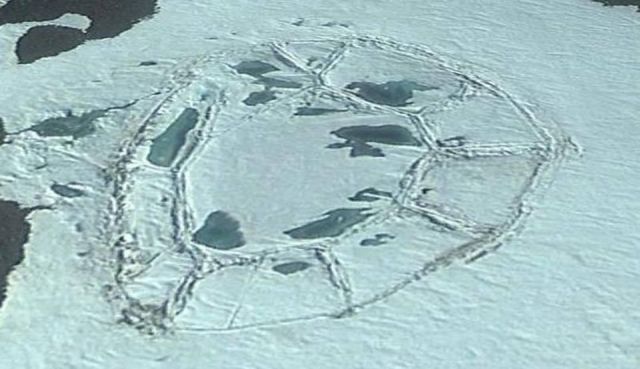
Dome appearing to have multiple cells protruding from ice in Antarctica
Underground Tunnels and Military Bases
An image showing what appears to be several tanks and a downed aircraft have added to the prospect of government military action or secret bases on Antarctica. During WWII there was evidence, some rumored and some confirmed, of Nazi military programs that established bases on the continent, supposedly researching extraterrestrial technology. Conversely, during a naval expedition dubbed, Operation Highjump, Rear Admiral Richard E. Byrd is purported to have been exposed to extraterrestrial technology.
Some interpret Byrd’s claim of seeing aircraft that “are able to fly from one pole to the other with incredible speed,” as a UFO sighting, whereas others interpret it as a warning of the possibility of an attack from planes subversively flying over the poles to reach their targets without detection. However, both of these interpretations seem to hint at Nazi activity on Antarctica.
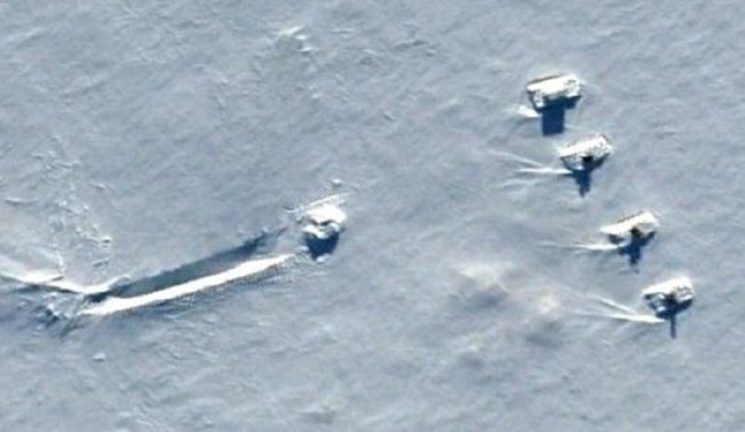
An image appearing to show tanks facing unknown craft
An Ancient Psychedelic Brew & Metal Found in an Elongated Skull

Did ancient Peruvian leaders use hallucinogens to keep their followers in line? And do an ancient elongated skull show evidence of an advanced metal surgical implant or is it just a hoax?
Archaeologists studying the Wari people in the southern Peruvian town of Quilcapampa have found hallucinogenic “vilca” seeds in a recent dig. Writing in the journal Antiquity, the researchers point out they found 16 vilca seeds in an ancient alcoholic drink called “Chicha de Molle,” in an area believed to be used for feasting.
The Wari people lived in this area from about 500 to 1,000 A.D. Their reverence for the psychotropic vilca seed has been found in images at other Wari sites, this is the first find of the actual seeds. What is particularly interesting to the archaeologists is the role of ancient hallucinogens and their influence on social interactions.
The vilca seeds would have come from tropical woodlands on the eastern side of the Andes, a complex trade network would have to be in place to even get them. And adding the vilca seeds with the alcoholic drink would increase the intensity of a psychedelic trip.
That trip would be seen as a journey to the spirit world, and Wari leaderships’ control over the substance led to control over their followers who wanted it. Researchers argue in their paper, “[T]he vilca-infused brew brought people together in a shared psychotropic experience while ensuring the privileged position of Wari leaders within the social hierarchy as the providers of the hallucinogen.”
Work continues at the dig site at Quilcapampa, and researchers plan to test where the ancient vilca seeds came from – so they can figure out the rest of the ancient trade routes.


